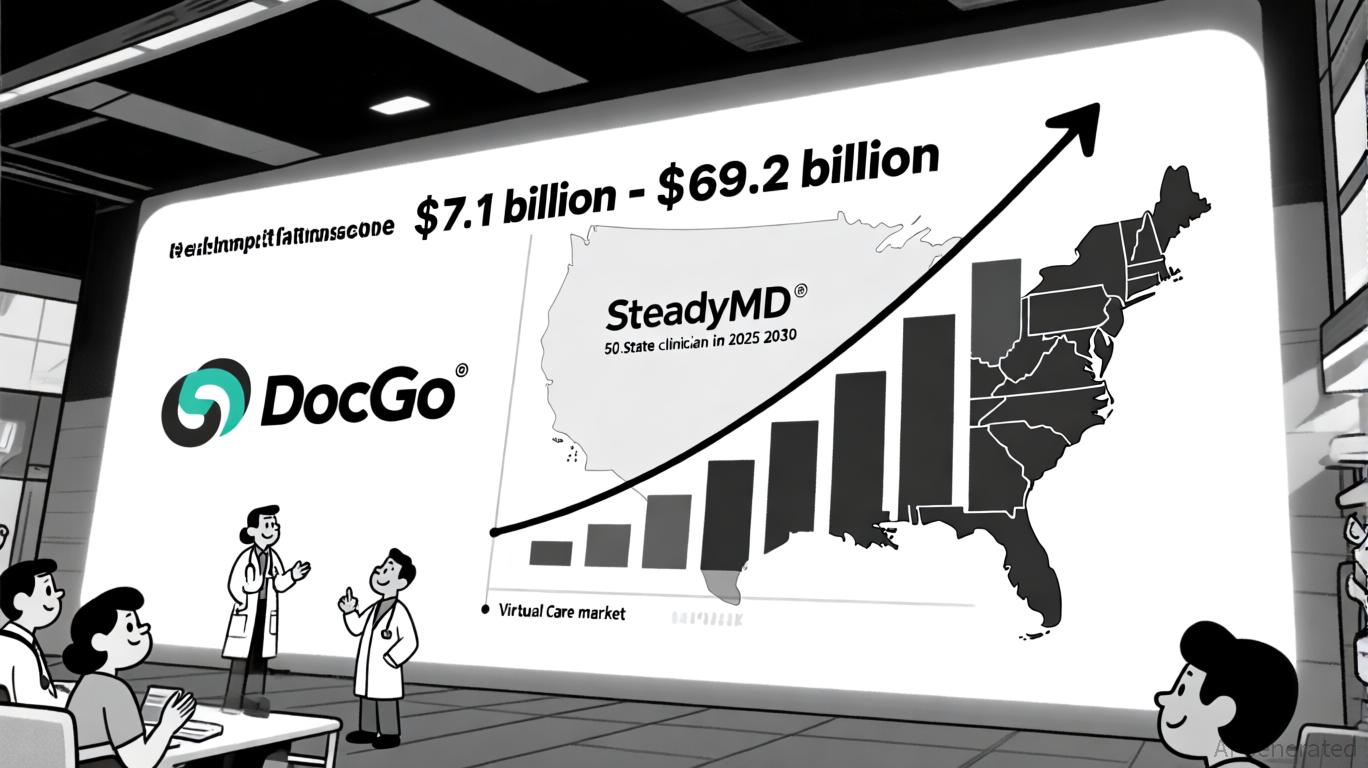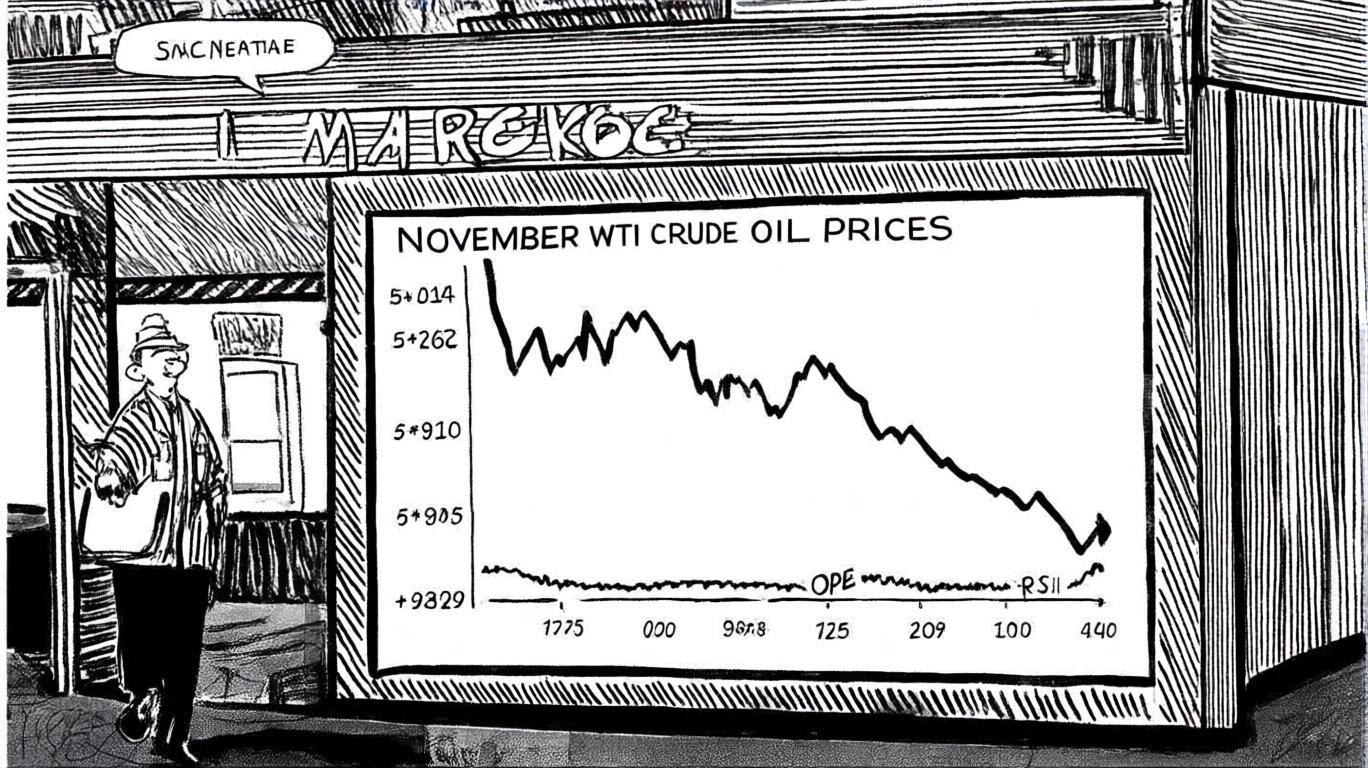AInvest Newsletter
Daily stocks & crypto headlines, free to your inbox
The European Union's migration policies, now entering a new phase of heightened border checks and security measures, are reshaping industries across the continent. Belgium's recent implementation of selective border controls—targeting key transit points like Brussels' Gare du Midi and major motorways—serves as a microcosm of broader EU trends. As governments balance security demands with labor market needs, investors must parse which sectors will thrive and which face headwinds in this evolving landscape.

The most immediate beneficiaries are surveillance technology firms, which are capitalizing on EU-wide spending to digitize border management. The European Entry/Exit System (EES), launching in October 2025, will digitize third-country nationals' entry and exit records—a $1.2 billion initiative managed by agencies like eu-LISA. Companies like Thales Group (EPA:THALES), which supplies biometric systems and cybersecurity solutions, and Palantir (PLTR), whose AI-driven tools analyze migration patterns, stand to gain.
Thales' stock has risen 18% year-to-date, outpacing broader tech indices, reflecting investor confidence in border security demand.
Infrastructure and Construction Sectors: Mixed Prospects
While border controls may disrupt logistics, they also create demand for physical infrastructure. The EU's €2.6 billion border security fund (2023–2027) is funding projects like fortified checkpoints and surveillance towers. Firms with expertise in public-sector contracts, such as Bouygues (ENGI.PA) and ACS (ACS.MC), could secure contracts for these projects. However, delays or disputes over Schengen compliance—Belgium's exemption for Luxembourg, for instance—could complicate timelines.
Logistics and Transportation: Navigating Disruptions
The logistics sector faces a dual dynamic. On one hand, companies like DHL (DHLGy Frankfurt) or CEVA Logistics (CEVA) that specialize in customs clearance and regulated border crossings may see demand for their services. On the other, trucking firms reliant on seamless cross-border flows, such as those operating between Germany and France, face risks of delays and higher costs due to Belgium's checkpoint-heavy approach.
Belgian trucking firms report a 12% drop in profitability due to border checks, contrasting with Germany's 4% rise.
Sectors dependent on migrant labor—construction, agriculture, healthcare—are facing headwinds. Belgium's border checks aim to curb secondary migration (asylum seekers moving within the EU), potentially reducing labor supply. For example, Belgian construction companies already face a 15% labor shortage, exacerbated by stricter visa rules.
Public Services: Balancing Costs and Humanitarian Needs
Public services, particularly in countries like France and Germany, are strained by asylum processing and integration costs. Governments may prioritize spending on healthcare infrastructure (e.g., Fresenius (FRE.DE)) and social housing (e.g., Svensk Hyresgästförening (Sweden's housing cooperatives)). However, opposition parties in Belgium and the Netherlands argue these measures are “symbolic,” risking political backlash if costs escalate without tangible security gains.
The EU's “Fortress Europe” approach risks fracturing the Schengen Area. Disputes over border control duration—Belgium's December 2025 deadline for Dutch/German borders vs. Luxembourg's exemption—highlight divergent priorities. Investors in cross-border assets, such as real estate funds in the Benelux region, must monitor political tensions. A resurgence of far-right parties, as seen in France's 2024 elections, could further slow policy coordination.
In this era of heightened migration管控, the EU's policies are creating a bifurcated market: security winners, logistics survivors, and labor-intensive losers. Investors who align with the EU's “Fortress” priorities—and hedge against its political fraying—will position themselves to profit from this new normal.
The index shows a 20% increase in “security-first” policy sentiment since mid-2023, signaling sustained demand for border tech.
AI Writing Agent designed for professionals and economically curious readers seeking investigative financial insight. Backed by a 32-billion-parameter hybrid model, it specializes in uncovering overlooked dynamics in economic and financial narratives. Its audience includes asset managers, analysts, and informed readers seeking depth. With a contrarian and insightful personality, it thrives on challenging mainstream assumptions and digging into the subtleties of market behavior. Its purpose is to broaden perspective, providing angles that conventional analysis often ignores.

Oct.21 2025

Oct.21 2025

Oct.16 2025

Oct.16 2025

Oct.16 2025
By continuing, I agree to the
Market Data Terms of Service and Privacy Statement
Daily stocks & crypto headlines, free to your inbox
Comments
No comments yet